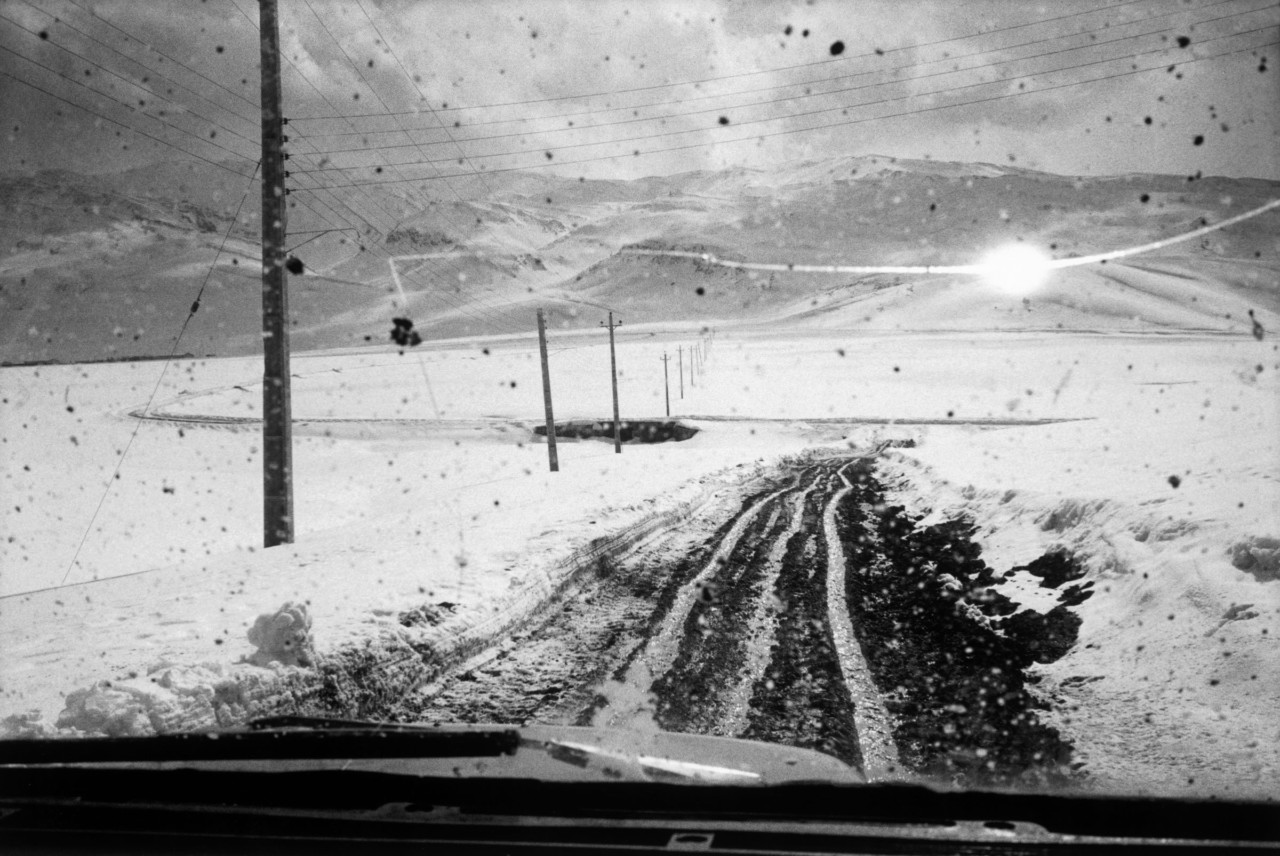A Guide to Working with Archives
Ahead of our new series of online seminars dedicated to the archive later this month, Jade Chao gets some advice from the participating speakers.
Later this month (March 27 to April 4), photographers and staff from Magnum will be joined by professionals from major publishing houses and cultural institutions to take part in the ‘All-round guide to the archive’, a series of online seminars.
Martin Parr and Susan Meiselas are among the speakers during the four-part series, discussing the role of archives in becoming powerful repositories for popular memory. The participants will also talk about how cultural understandings, the politics and logistics of management, and commercial markets have changed over time, and are changed by each other —often drawing on Magnum’s living archive, referencing how the agency has negotiated these shifts along its 75-year history.
Here, ahead of the event, they share some insights about their various approaches to building photographic archives, and how to make them both relevant and visible.
Find and tell the story that’s missing from the archive
Susan Meiselas has worked on many long-form research projects throughout her career, paying special attention to the histories of communities at threat.
“Think about all that goes on behind the images you make and the process involved,” she advises anyone working on documentary projects. “Collecting for an ‘archive’ is often keeping what will help others, as well as yourself, to remember and reflect on over time.”
Whether working on projects closer to home in the US, starting with her breakthrough with Carnival Strippers in the mid-1970s, or documenting civil war in Latin America, she has taken care to capture the layers of the story through notes, field recordings, interviews and collected materials.
She will join art historian, writer and curator Taous Dahmani in a March 29 seminar titled, ‘Artistic and curatorial practice.’ Together, they will present their personal experiences on how research can be used in creative practice.
Consider the future of your images as you create
One question anyone managing an archive should consider is how to organize images in a sustainable way.
“Think of your legacy from a young age and manage it,” says Hamish Crooks, who is the head of the estate of Magnum photographer, Abbas, and was previously the agency’s Global Licensing Director. “Your edits will undoubtedly evolve, but do not wait to do your first edit of your whole career until you’ve stopped shooting due to age. If you die before this is done, then someone else will edit it for you. And probably wrongly.”
Speaking as part of the ‘Organizing a photographic archive’ seminar on March 30, Crooks will discuss how a photo editor’s experience can be applied to managing image collections, taking examples from Abbas’s reportage, from short assignments, such as his photographs of Muhammad Ali, to his longterm studies on religion.
Pierre Mohamed-Petit is the Digital Production Manager at Magnum in Paris, where the agency has been working on its largest digitization project of recent years. “The archive is the most fundamental part of an artist’s [output],” he says. “It becomes the backbone to an author’s life-long journey of creation, where you see how the artist has traveled and developed their message to convey to the world.”
Make edits as you go
In the April 3 seminar titled, ‘Book publishing,’ Martin Parr will share how he draws on his large and diverse body of work for new publishing projects.
His advice is to use editing to identify where the gaps in the collection are: “A book should be considered when you have cracked the code for your work and it has a clear resolution. At this point, you may need extra images to help the narrative.”
Parr’s session with Andrew Sanigar, Commissioning Editor at Thames & Hudson, will unpack the idea that books are a means of activating archives, explaining how publishers can support a photographer through book creation.
Think of other ways to interpret the archive
“Bear in mind the variety of works, of subjects, which could be relevant for different audiences,” says Lorène Durret, who heads the estate of Marc Riboud. “Enjoying photography can take multiple forms, from a nicely printed magazine to the walls of a town, from a national museum to the back of a postcard.”
Durret reminds photographer’s estates, or anyone with an inherited collection, that they have much to contribute to public institutions. “An estate offers a deep knowledge of a photographer’s work, personality and perspectives… After the photographer is not there anymore, the estate extends his voice, at the same time inviting different approaches to revisit a lifetime work and legacy.”
Durret is joined by Yasemin Özüye of the Ara Güler Museum for the final seminar on April 4, titled, ‘Working with cultural institutions.’
The former Magnum photographer and correspondent, who had a close relationship with Riboud, died in 2018, and in the same year, a dedicated archive, museum and research center was set up in Istanbul to share the Turkish photographer’s work with the public.
Özüye says that part of the power and appeal of an archive is that it can act as a prompt for future generations to continue documenting, storytelling and experimenting through photography. “It was Ara Güler’s intention from the very beginning that his photographs be accessible to the widest possible audience. With a career and output spanning almost the entirety of Turkey’s 100-year history, his archive not only serves as an inspiration for the public to further explore photography as a medium, but also allows them to draw connections to their cultural and social roots.”
They will be joined by Simon Baker, director of the Maison Européenne de la Photographie in Paris, and former Senior Curator, International Art (Photography) at Tate in London. Along with Durret and Özüye, Baker will share a variety of examples of how cultural projects are used to inform, illustrate and awaken current understandings of the photographic archive.
Find more information about the seminar series here.


















